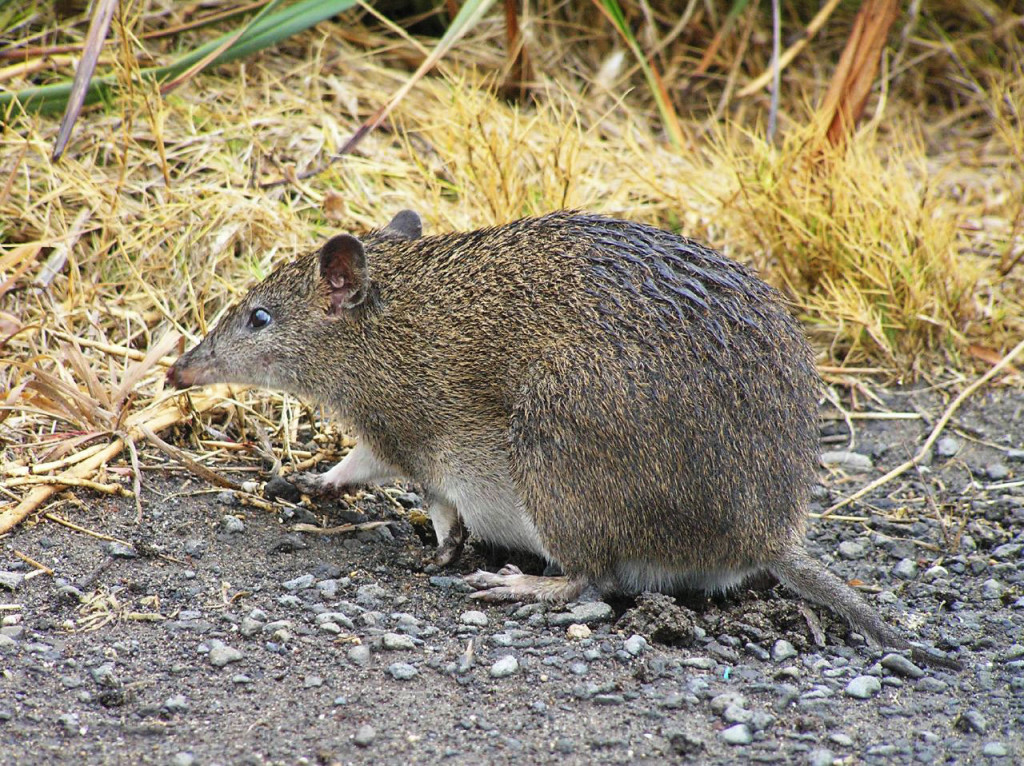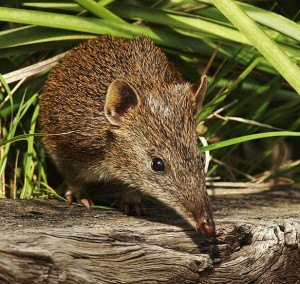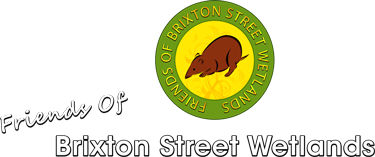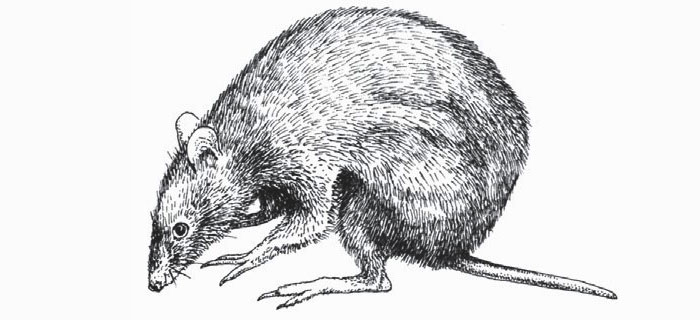Quendas

What is a Quenda?
The Quenda is sometimes known as a bandicoot, and is a member of the family Peramelidae which also includes the Bilby. Bandicoots are a group of marsupials (animals which have a pouch) with compact bodies and pointed heads. They are roughly the size of a rabbit, have short forelimbs, longer hind limbs and a short stifftail.
They eat insects, small vertebrates and plant matter. Often mistaken for large rats by unsuspecting people, the Quenda is an occasional visitor to many properties around the southwest of Western Australia. The Quenda is a dark greyish or yellowish brown colour with a pale cream belly, and is reasonably small in size, with adults ranging from 280 to 360 millimetres in body length and weighing anywhere between 400 and 1600 grams, the females being smaller and lighter than the males.
Habitat and Habits
Quendas are most commonly found in dense shrubland and in the understorey of adjacent forest. Their distribution around the Perth area is often linked to wetlands and woodland areas, and remnant bush blocks in rural areas. Mostly a nocturnal animal, the Quenda will sleep in a nest during the day (generally a slight bowl-shaped hollow), constructed on the ground under dense bush using grass, twigs and other plant material.
The use of fire by Aborigines before European settlement created a mosaic of different habitats suitable for bandicoot habitation, however the burning and clearing of land for use by Europeans has resulted in limited habitat areas and frequently the loss of dense vegetation suitable for bandicoots.
 Although classed as an insectivore, the Quenda is partial to earthworms and other invertebrates, and occasionally small vertebrates and plant material. Food is obtained by digging with strong foreclaws, or by collection off the ground. Characteristic cone-shaped hollows are a result of their foraging, differing from rabbit diggings which are blunt-ended and wider.
Although classed as an insectivore, the Quenda is partial to earthworms and other invertebrates, and occasionally small vertebrates and plant material. Food is obtained by digging with strong foreclaws, or by collection off the ground. Characteristic cone-shaped hollows are a result of their foraging, differing from rabbit diggings which are blunt-ended and wider.
Although they are primarily insectivores, Quendas have been known to accept small quantities of dog and cat food, muesli, mixed dried fruits, horse feed, grain, peanut butter, bread, bird seed, banana and potato crisps!
Conservation Status
The major threat to the Quenda is loss of habitat due to the clearing of land for urban and rural use. Another major threat is predation by foxes, cats and dogs, and to a lesser extent displacement by other species such as rabbits through competition for space. Sixteen species and subspecies of bandicoot currently occur in Australia, with Western Australia playing host to six of these. One species, the Southern Brown Bandicoot (Isoodon obesulus), has five subspecies which occur in isolated patches across the southern part of Australia. Quenda’ is the indigenous name given to the sub-species, Isoodon obesulus fusciventer, found only in the southwest of Western Australia.
via: Department of Environment and Conservation from Encouraging Quendas by Emma Bramwell

